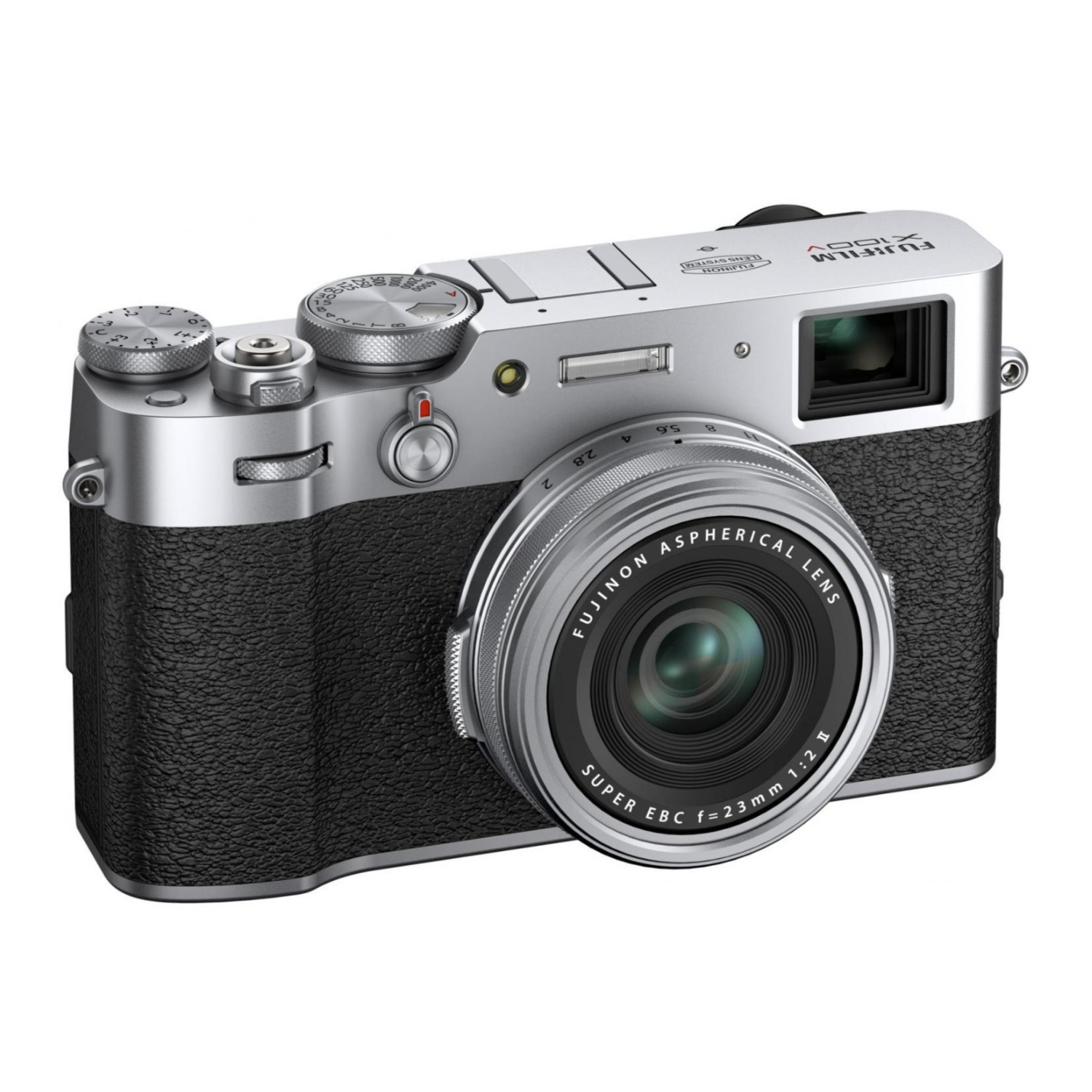
DPReview interviewed Chief Designer Maszumi Imai and Senior Manager Shinichiro Udono at the X Summit where the Fujifilm X100V was officially announced. Below are some key points from the interview:
- Fujifilm X100 was their first high-end camera and it established their aesthetic and design philosophy utilizing dials
- Updates are come to provide the best performance and the best functions
- X100 has always sold well, but the X100F sold very well and Fujifilm expects the same with the X100V
- The hybrid viewfinder and lens were the most important to Fujifilm when designing the X100V
- Weather resistance and IBIS were the top requests from fans
- Fujifilm studied putting IBIS in the X100, but decided they would have made the camera too big
- The X100V took two years to design because of the changes to the lens
- X100 sold the best in Japan with the first-gen, but later the USA became its biggest market
- Film photographers are drawn to the X100
- Fujifilm expects to keep the design of the X100 for at least ten more years, but they will try to add IBIS in the future if possible along with anything that cant be foreseen today
- The X100 would likely need a completely new IBIS system designed from scratch
- X100 is popular among older photographers, but younger ones like it in Japan
- When the X100 was designed Fujifilm only had Finpix point and shoot cameras and Fujifilm had a lot of ideas, but they decided to go a classic route
- Fujifilm started creating the first X100 in 2009 for release in 2011 to provide the best quality with good user experience in a stylish body that they could.
- The hybrid viewfinder came about around halfway through the development of the X100, before that it was just going to be a window
- X100 was based on legendary film cameras like the Leica M3 and Fujifilm TX
- Vehicles, airplanes, and science fiction are big design influences outside of photography
- Fujifilm’s standard approach to design is grounded in the technical limitations of today, but once a year they will spend time thinking about the future without considering current technical limitations, which sometimes end up in production
- The modular GFX was thought of without consideration for current technical limitations and so was the X-Pro style GFX which became the GFX50R
- Design of the X100V had fewer constraints than previous cameras
- There were two main designs for the X100V one which was like the original X100 and another that became the X100V
- X100 is about classic design, but it could be merged with something more modern
- The X100 could have a more modern interface, but it wouldn’t be as intuitive
- X100 is like playing instruments vs using garage band
- Maybe X100 could be more AI-based, but its current controls are perfect for a photographer
You can read the full review on DPReview here.
Fujifilm X100V: B&H Photo / Amazon / Adorama
Follow Fujiaddict on Facebook, Twitter, Instagram, and YouTube
Plus our owners’ groups
Fujifilm GFX Owners Group
Fujifilm X-H Owners Group
Fujifilm X-T Owners Group
Fujifilm X-Pro Owners Group
Fujifilm X-E Owners Group
Fujifilm X-A Owners Group
Fujifilm X100 Owners Group
